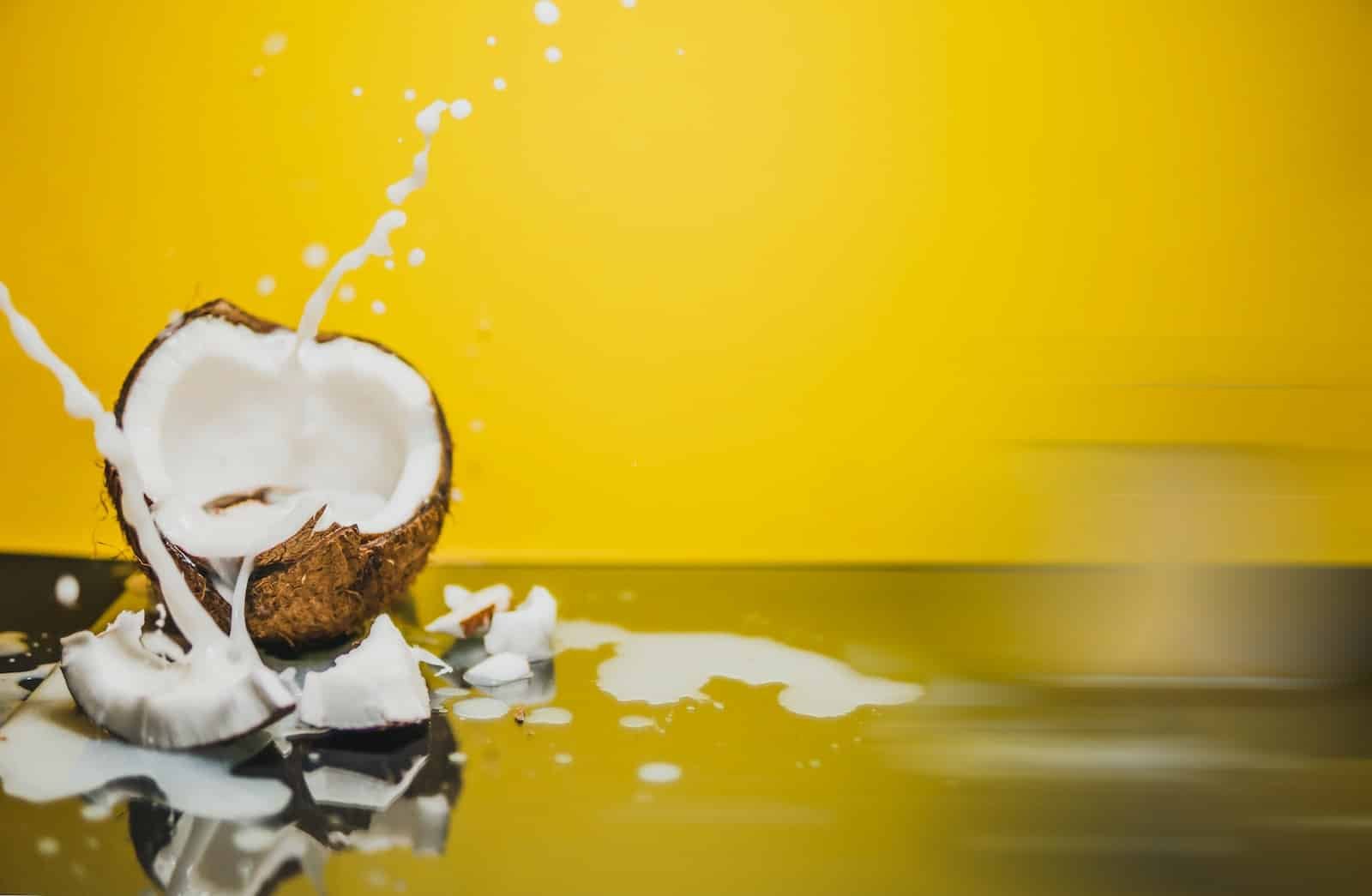We’re diving into a tropical topic that’s bound to add a creamy twist to your culinary repertoire – coconut milk. Whether you’ve found yourself with an abundance of this luscious liquid after a curry cooking spree or you’ve stumbled upon a sale at the supermarket that you just couldn’t resist, you might be wondering: Can you freeze coconut milk?
The short answer is yes, you can freeze coconut milk, but there are a few crucial tips and tricks you should know to ensure your coconut milk remains as delicious and safe to use as when you first popped open that can or carton. So, grab a spoon (or an ice tray, in this case) and let’s get into the nitty-gritty of freezing coconut milk safely and effectively.
Understanding Coconut Milk
Before we dive into the freezing process, let’s quickly talk about what coconut milk is. Coconut milk is made from the grated meat of a mature coconut, mixed with water. It’s a staple in many tropical cuisines and is revered for its rich texture and subtle sweetness, making it perfect for both savory and sweet dishes.

How to Freeze Coconut Milk
When you freeze coconut milk, there are a few steps you should follow to maintain its quality:
- Portion It Out: Instead of freezing an entire container of coconut milk, consider portioning it out. This way, you can thaw exactly what you need for a recipe without wasting any. Ice cube trays are perfect for this task; once frozen, pop the coconut milk cubes into a resealable freezer bag.
- Label Your Container: Always label your freezer bags or containers with the date you froze the coconut milk. This will help you keep track of how long it’s been in the freezer. The FDA suggests using frozen coconut milk within a month for the best quality, but it will remain safe to consume beyond that time.
- Store It Properly: Place your coconut milk in the coldest part of the freezer to ensure it freezes quickly and stays frozen. This helps to maintain the texture and flavor as much as possible.
- Expect Texture Changes: When coconut milk freezes, the fat may separate from the liquid. Don’t be alarmed – this is normal! Once thawed, you can usually re-emulsify it by whisking or blending it.
Thawing and Using Frozen Coconut Milk
To use your frozen coconut milk, you’ll need to thaw it:
- Refrigerator Thawing: Transfer the needed amount of coconut milk from the freezer to the refrigerator and let it thaw overnight.
- Water Bath Thawing: For a quicker method, place the frozen coconut milk (in a waterproof bag or container) in a bowl of cold water, changing the water every 30 minutes until it’s thawed.
- Microwave Thawing: If you’re in a rush, you can use the defrost setting on your microwave. However, be cautious and use short intervals to prevent the coconut milk from getting too hot.
Once thawed, if you notice any separation, as mentioned earlier, simply whisk or blend it to bring it back to a smooth consistency. Also, keep in mind that once coconut milk is thawed, it should not be refrozen. Use thawed coconut milk within a few days to ensure quality and safety.

Safety Considerations
While freezing coconut milk is a great way to extend its shelf life, food safety should always be your top priority. Here are a few pointers from the CDC and FDA:
- Avoid Cross-Contamination: Make sure the coconut milk does not come into contact with any raw meats or unwashed vegetables in the freezer.
- Keep It Cold: The FDA recommends keeping your freezer at 0°F (-18°C) to ensure all foods stay properly frozen.
- Inspect Before Use: If the coconut milk has any off-odors, colors, or appears to be moldy upon thawing, it’s better to err on the side of caution and discard it.
Key Takeaways
So, what have we learned about freezing coconut milk, fellow food safety fans? Freezing coconut milk is certainly doable and can be a great way to ensure you always have some on hand for your culinary creations. Remember to:
- Portion out your coconut milk before freezing for ease of use.
- Label and date your containers or bags.
- Expect some changes in texture, which can often be remedied with a good whisk or blend.
- Use safe thawing methods and consume thawed coconut milk quickly.
- Follow standard food safety practices to prevent contamination and spoilage.
By following these tips, you’ll be able to enjoy the tropical taste of coconut milk any time you like, without any waste or worry. Happy freezing, and may yourmeals continue to be as safe as they are scrumptious!


